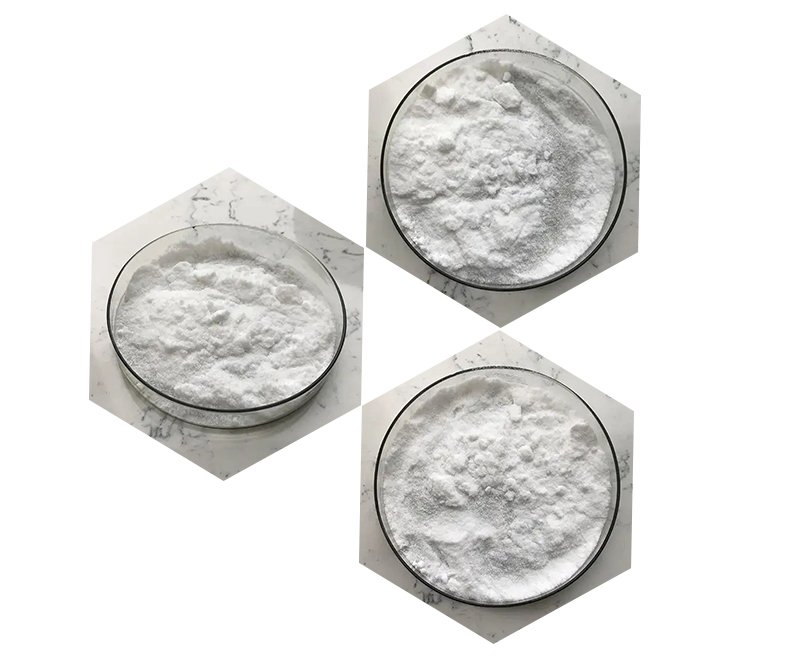Spermidine is a polyamine compound that plays a role in various cellular processes, including cell growth, differentiation, and apoptosis. It is naturally present in cells and can also be obtained from dietary sources. If you’re looking for information on the materials and methods for working with spermidine in a laboratory setting, here are some general guidelines:
Materials of Spermidine:
1.Spermidine: Obtain spermidine from a reliable supplier. It may be available in powder form.
2.Solvents: Use suitable solvents for preparing spermidine solutions. Common solvents include water or buffers.
3.Laboratory Glassware: Use clean and sterile glassware for preparing and handling spermidine solutions.
4.Pipettes and Pipette Tips: For accurate measurement and transfer of spermidine solutions.
5.Centrifuge Tubes: If needed for sample preparation or separation.
6.Buffers: Prepare buffers with the appropriate pH for your experiments.

Methods of Spermidine:
1.Spermidine Solution Preparation:
Weigh the required amount of spermidine using an analytical balance.
Dissolve spermidine in the chosen solvent or buffer.
Filter the solution if necessary for sterility.
2.Cell Culture Experiments:
Add the spermidine solution to the cell culture media to study its effects on cell growth or apoptosis.
Determine suitable concentrations based on the specific experimental design.
3.Molecular Biology Experiments:
If working with DNA or RNA, consider the impact of spermidine on stability and structure.
Optimize concentrations for experiments like PCR or reverse transcription.

4.Biochemical Assays:
Include spermidine in assays to study its influence on enzymatic activities or other biochemical processes.
5.Animal Studies:
If conducting in vivo experiments, administer spermidine using appropriate methods (e.g., injection, oral administration).
6.Data Analysis:
Analyze the results using appropriate statistical methods based on the nature of your experiments.
Always follow ethical guidelines and safety protocols when working in a laboratory setting. Additionally, specific methods may vary based on the nature of the experiment (e.g., cell culture, molecular biology, biochemistry), so it’s essential to refer to relevant literature or protocols specific to your research goals.
